
How to Use KY-054: Examples, Pinouts, and Specs
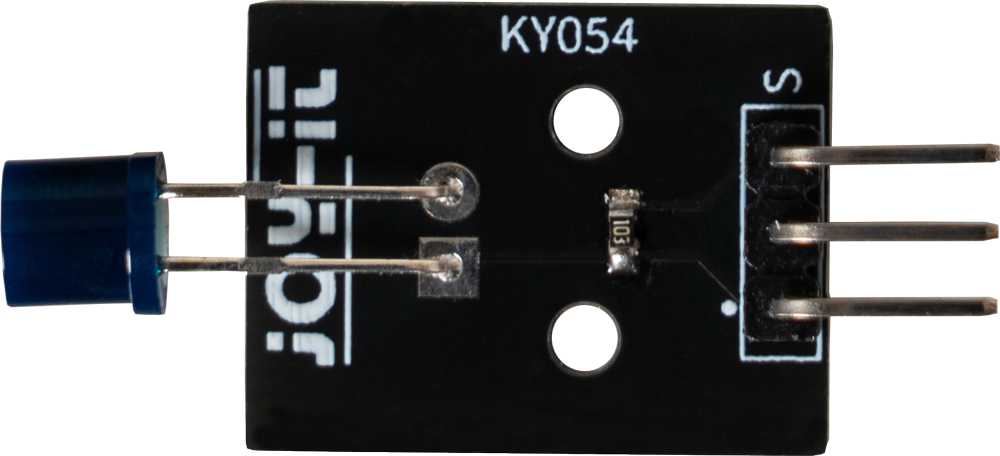
 Design with KY-054 in Cirkit Designer
Design with KY-054 in Cirkit DesignerIntroduction
The KY-054 is a sound sensor module manufactured by Joy-it. It is designed to detect sound levels and convert them into an electrical signal, making it ideal for sound-activated projects. The module features a microphone and an onboard amplifier circuit to process sound signals. It is commonly used in applications such as voice-activated systems, sound-activated lights, and noise monitoring systems.
Explore Projects Built with KY-054
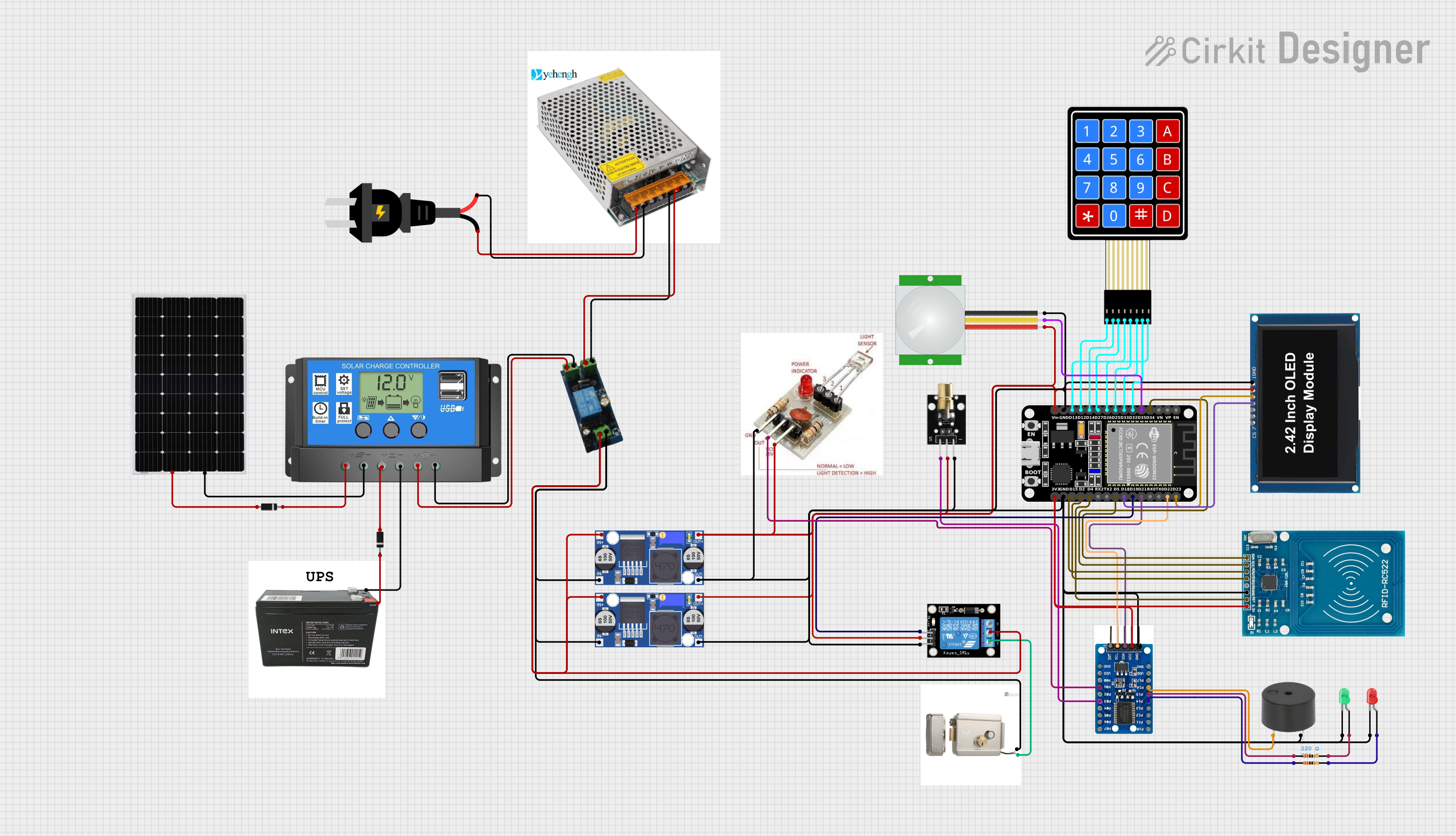
 Open Project in Cirkit Designer
Open Project in Cirkit Designer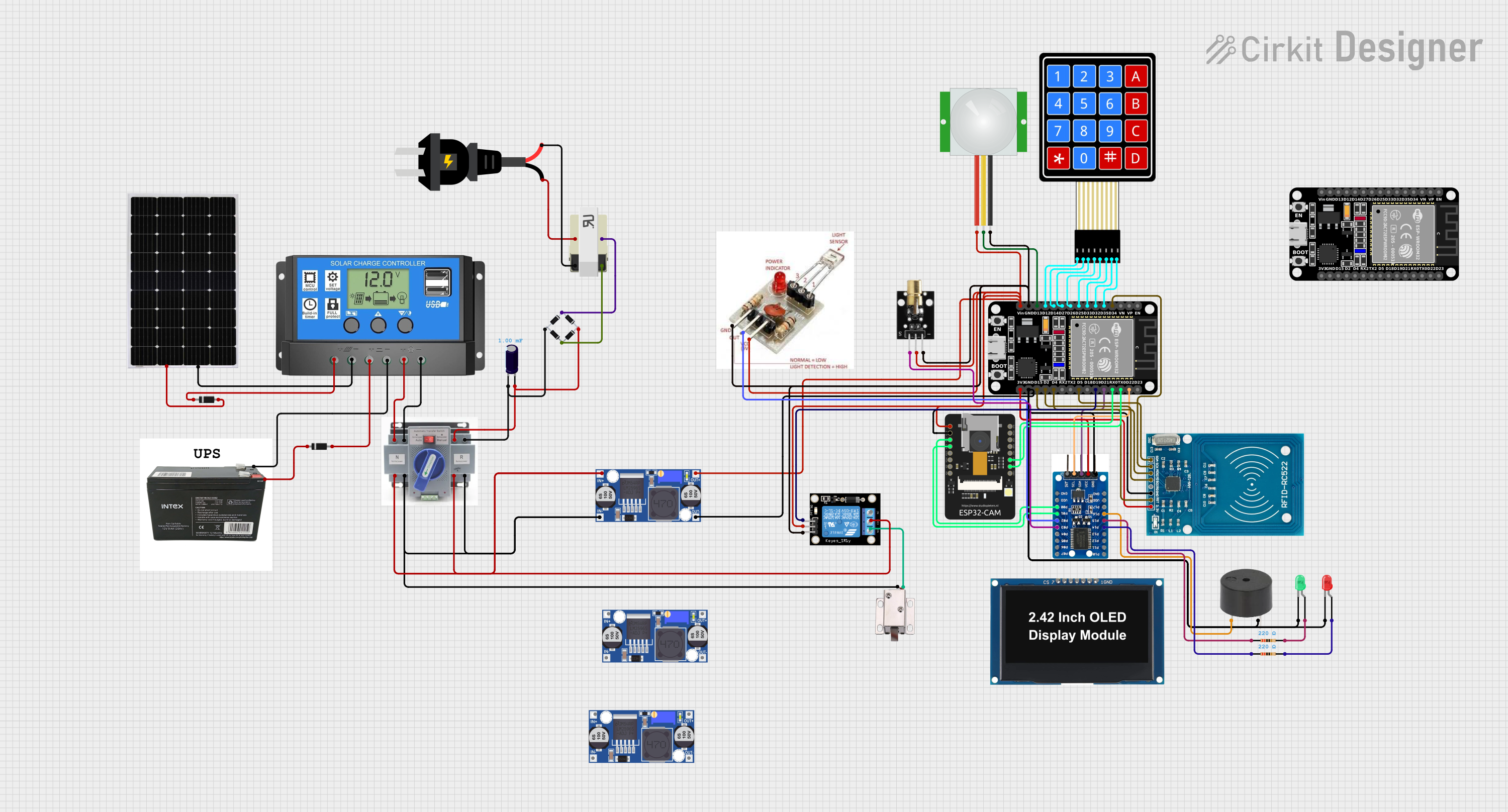
 Open Project in Cirkit Designer
Open Project in Cirkit Designer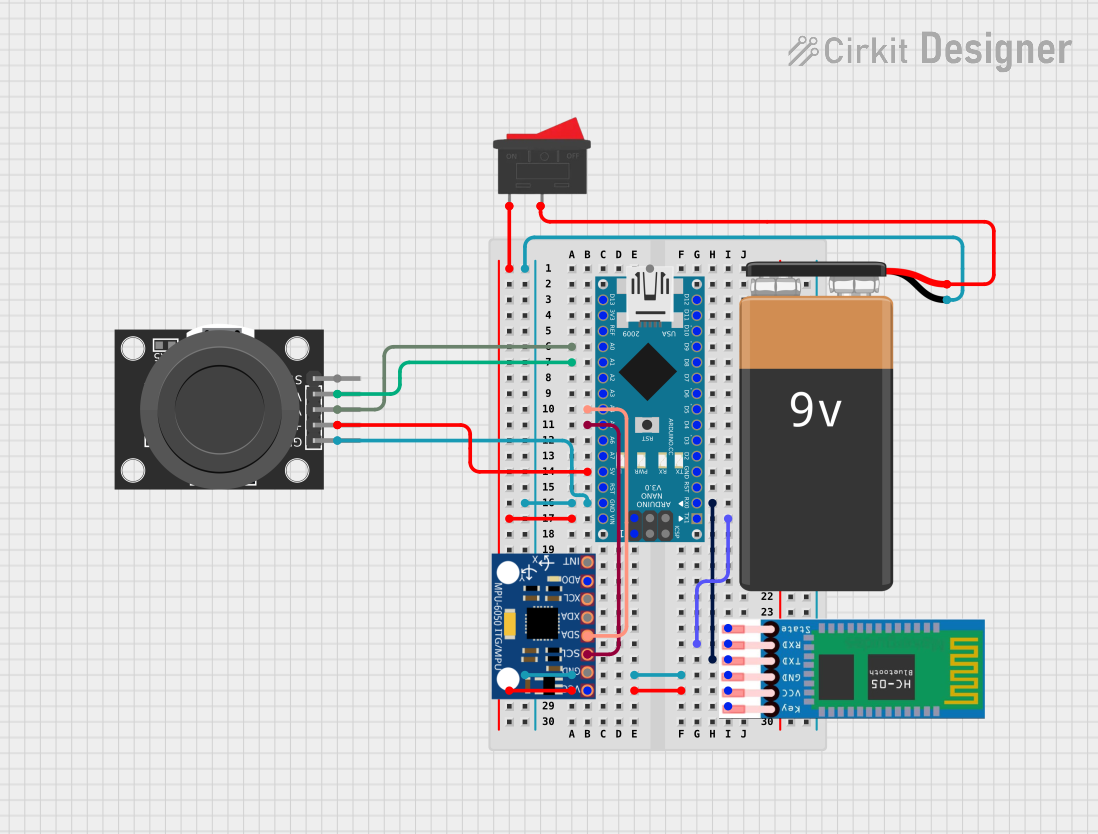
 Open Project in Cirkit Designer
Open Project in Cirkit Designer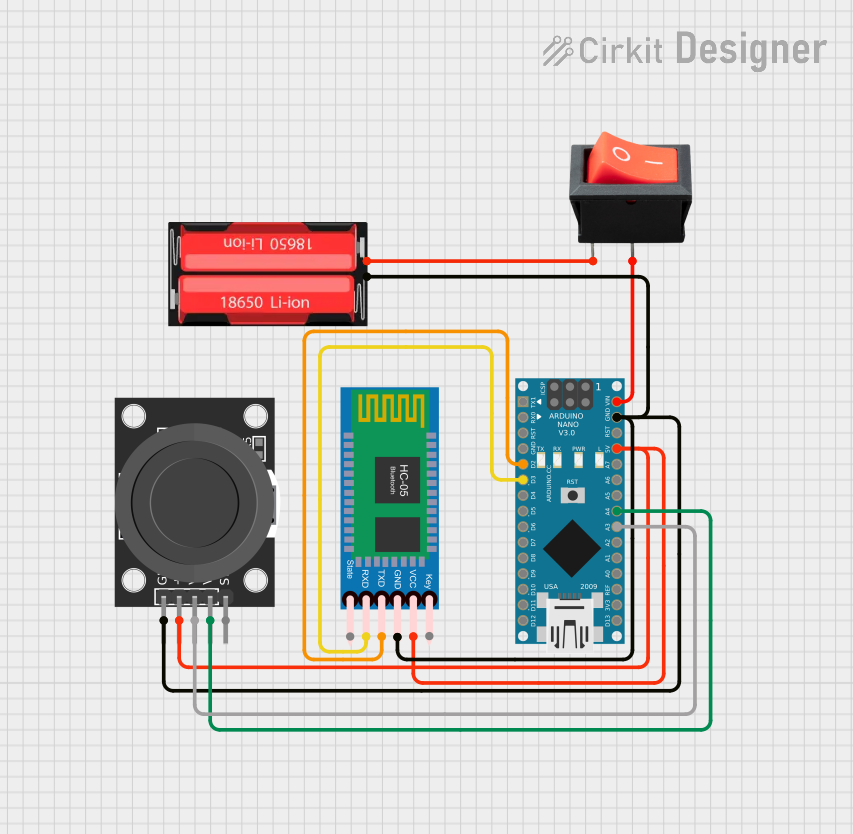
 Open Project in Cirkit Designer
Open Project in Cirkit DesignerExplore Projects Built with KY-054

 Open Project in Cirkit Designer
Open Project in Cirkit Designer
 Open Project in Cirkit Designer
Open Project in Cirkit Designer
 Open Project in Cirkit Designer
Open Project in Cirkit Designer
 Open Project in Cirkit Designer
Open Project in Cirkit DesignerCommon Applications:
- Voice-activated devices
- Sound-activated lighting systems
- Noise level monitoring
- Audio-based security systems
- DIY electronics and Arduino projects
Technical Specifications
The KY-054 sound sensor module has the following technical specifications:
| Parameter | Value |
|---|---|
| Operating Voltage | 3.3V to 5V |
| Output Type | Analog and Digital |
| Sensitivity Adjustment | Potentiometer |
| Microphone Type | Electret Condenser Microphone |
| Dimensions | 32mm x 15mm x 8mm |
| Mounting Holes | 2 x M3 holes |
Pin Configuration and Descriptions
The KY-054 module has 4 pins, as described in the table below:
| Pin | Name | Description |
|---|---|---|
| 1 | AO | Analog Output: Outputs an analog signal proportional to the detected sound level. |
| 2 | DO | Digital Output: Outputs a HIGH or LOW signal based on the sound threshold set by the potentiometer. |
| 3 | GND | Ground: Connect to the ground of the power supply. |
| 4 | VCC | Power Supply: Connect to a 3.3V or 5V power source. |
Usage Instructions
How to Use the KY-054 in a Circuit
- Power the Module: Connect the
VCCpin to a 3.3V or 5V power source and theGNDpin to the ground. - Choose an Output:
- Use the
AOpin for analog sound level readings. - Use the
DOpin for digital sound detection based on the threshold set by the onboard potentiometer.
- Use the
- Adjust Sensitivity: Use the potentiometer on the module to adjust the sensitivity of the digital output. Turning it clockwise increases sensitivity, while turning it counterclockwise decreases sensitivity.
- Connect to a Microcontroller: Connect the output pins (
AOorDO) to the corresponding input pins on your microcontroller (e.g., Arduino).
Example: Connecting KY-054 to Arduino UNO
Below is an example of how to use the KY-054 with an Arduino UNO to read both analog and digital outputs:
Circuit Connections:
VCC→ 5V on ArduinoGND→ GND on ArduinoAO→ A0 on ArduinoDO→ D2 on Arduino
Arduino Code:
// KY-054 Sound Sensor Example with Arduino UNO
// Reads analog and digital outputs from the KY-054 module and prints them to the Serial Monitor.
const int analogPin = A0; // Pin connected to AO (Analog Output)
const int digitalPin = 2; // Pin connected to DO (Digital Output)
void setup() {
pinMode(digitalPin, INPUT); // Set digital pin as input
Serial.begin(9600); // Initialize serial communication at 9600 baud
}
void loop() {
int analogValue = analogRead(analogPin); // Read analog value from AO
int digitalValue = digitalRead(digitalPin); // Read digital value from DO
// Print the values to the Serial Monitor
Serial.print("Analog Value: ");
Serial.print(analogValue);
Serial.print(" | Digital Value: ");
Serial.println(digitalValue);
delay(500); // Wait for 500ms before the next reading
}
Important Considerations and Best Practices:
- Power Supply: Ensure the module is powered within its operating voltage range (3.3V to 5V).
- Noise Interference: Avoid placing the module near high-frequency noise sources, as this may affect its performance.
- Sensitivity Adjustment: Fine-tune the potentiometer to achieve the desired sensitivity for your application.
- Output Stability: The digital output may fluctuate in noisy environments. Use software debouncing if necessary.
Troubleshooting and FAQs
Common Issues and Solutions:
No Output from the Module:
- Ensure the module is powered correctly (check
VCCandGNDconnections). - Verify that the microphone is not physically damaged.
- Check the sensitivity setting on the potentiometer.
- Ensure the module is powered correctly (check
Digital Output Always HIGH or LOW:
- Adjust the potentiometer to set an appropriate sound threshold.
- Ensure the sound source is within the module's detection range.
Analog Output Not Changing:
- Verify the connection to the
AOpin. - Ensure the sound source is producing a detectable sound level.
- Verify the connection to the
Interference or False Triggers:
- Place the module away from high-frequency noise sources.
- Use a decoupling capacitor across the power supply pins to reduce noise.
FAQs:
Q: Can the KY-054 detect specific frequencies?
A: No, the KY-054 is designed to detect general sound levels and does not differentiate between specific frequencies.
Q: How far can the KY-054 detect sound?
A: The detection range depends on the sound intensity and the sensitivity setting. It is most effective for sounds within a few meters.
Q: Can I use the KY-054 with a 3.3V microcontroller?
A: Yes, the KY-054 is compatible with both 3.3V and 5V systems.
Q: Is the KY-054 suitable for outdoor use?
A: The KY-054 is not weatherproof and should be used in indoor environments or protected from moisture and extreme temperatures.